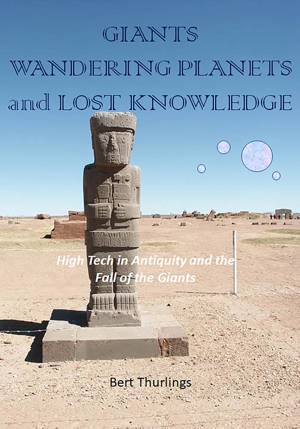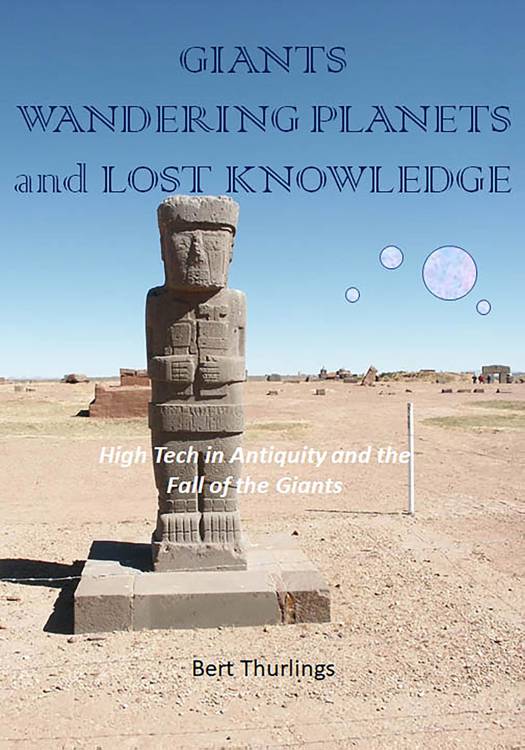
- Afhalen na 1 uur in een winkel met voorraad
- Gratis thuislevering in België vanaf € 30
- Ruim aanbod met 7 miljoen producten
- Afhalen na 1 uur in een winkel met voorraad
- Gratis thuislevering in België vanaf € 30
- Ruim aanbod met 7 miljoen producten
Zoeken
Giants wandering planets and Lost Knowledge E-BOOK
High Tech Antiquity and the Fall of the Giants
Bert Thurlings
E-book | Engels
€ 10,95
+ 10 punten
Omschrijving
Science is based on facts, that is common knowledge. But what if those facts contradict each other, what is true then? Does what "most scientists" think apply then? Rocks from the moon, collected with the Apollo flights, have an age of +/- 4.6 billion years. But one of them deviates seriously: 5.5 billion years old or even more. So what is the real age? Because people don't know, that one deviation is further ignored; after all, the majority points to 4.6 billion years anyway. But science is not a democracy. It may very well be that just that one anomaly is correct and the majority wrong. For centuries the earth was flat and claiming otherwise could get you burned at the stake. In his search for real history, Thurlings repeatedly encounters this kind of democratization of science. The famous carbon dating method collides with a misunderstood phenomenon: older than 30,000 years, it turns out, radioactive carbon has not completely disappeared. There is a misunderstood remainder which should not be there. The method is useless but still people apply it, against their better judgment.
Specificaties
Betrokkenen
- Auteur(s):
- Uitgeverij:
Inhoud
- Aantal bladzijden:
- 283
- Taal:
- Engels
Eigenschappen
- Productcode (EAN):
- 9789464870350
- Verschijningsdatum:
- 13/07/2023
- Uitvoering:
- E-book
- Formaat:
- ePub

Alleen bij Standaard Boekhandel
+ 10 punten op je klantenkaart van Standaard Boekhandel
Beoordelingen
We publiceren alleen reviews die voldoen aan de voorwaarden voor reviews. Bekijk onze voorwaarden voor reviews.











